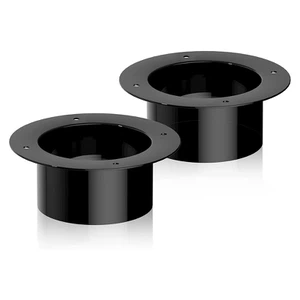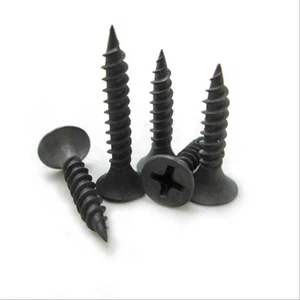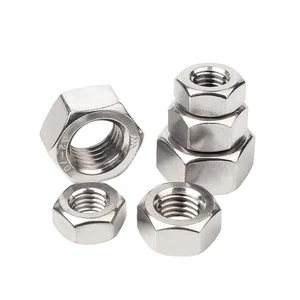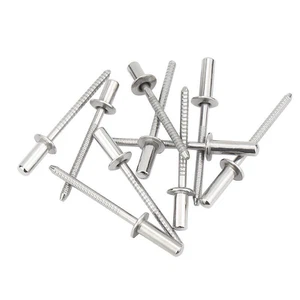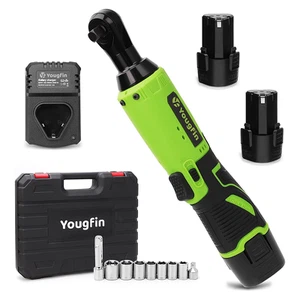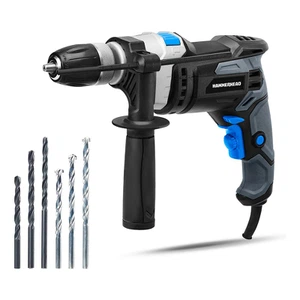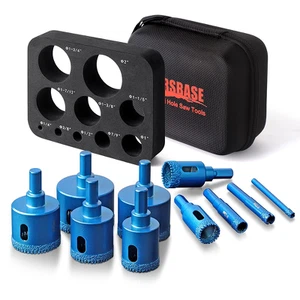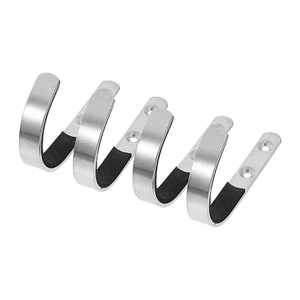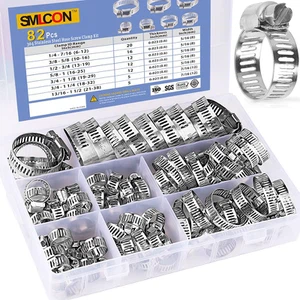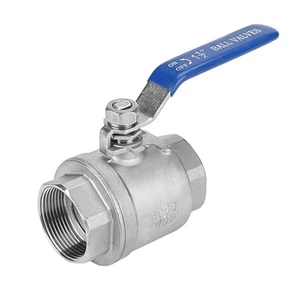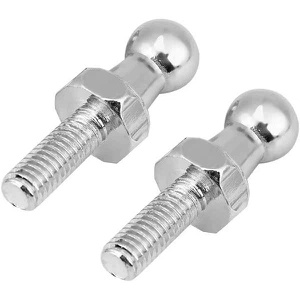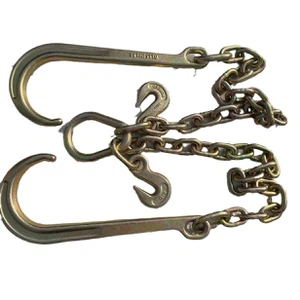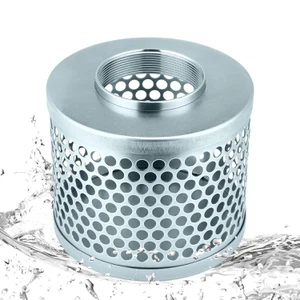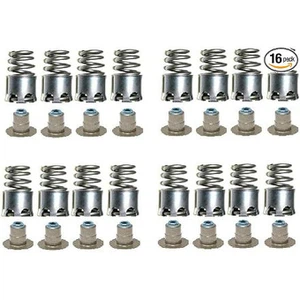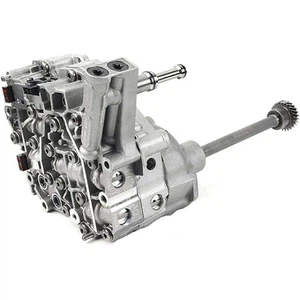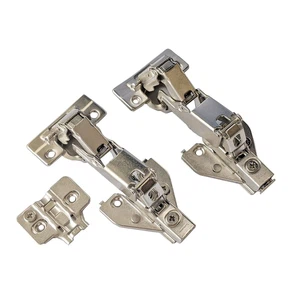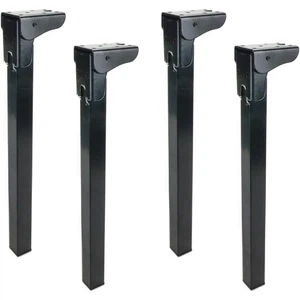The working principle of screws can be better understood through an analytical model. An ideal screw can be simplified as a slanted wheel axle, which is a cylinder enclosed by the screw. When a diagonal downward force (F) is applied, it decomposes the force into two horizontal and vertical forces. The horizontal force is responsible for causing the screw to rotate around its axis and move forward. Vertical force will push the threaded wheel upwards and cause it to adhere objects and surfaces together.
1, The difference between screws and levers
Although levers and screws are both components for converting and transmitting force during operation, their kinematic and mechanical principles are different. The main difference lies in the way they convert power.
The lever twists the tower by moving a fulcrum and releases the required force by varying the relative distance. Unlike this, screws do not require a fulcrum, but instead convert force through a slope and transfer force on the rod.
Another difference is that the lever moves linearly (in a straight line). Screws, on the other hand, exhibit rotation, similar to wheel axles to some extent.
2, Summary
A screw is a mechanical component that utilizes the principle of inclined wheel axles to fix and connect objects. Its working principle is to use a slope to convert force into rotation of the rod, thereby achieving the operational goal. Unlike levers, screws do not have fulcrums, but rely on the slope to convert force and transfer force on the rod.
Is The Screw A Slanted Axle Or A Lever? Analyzing The Principle Of Screws
Jun 22, 2024
Leave a message



